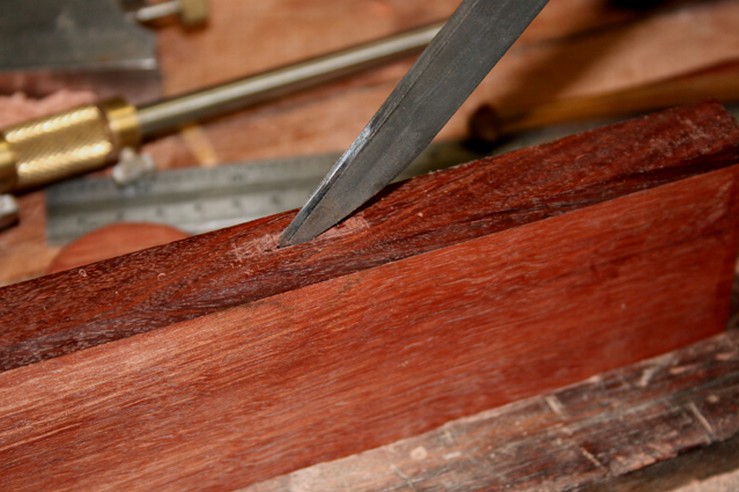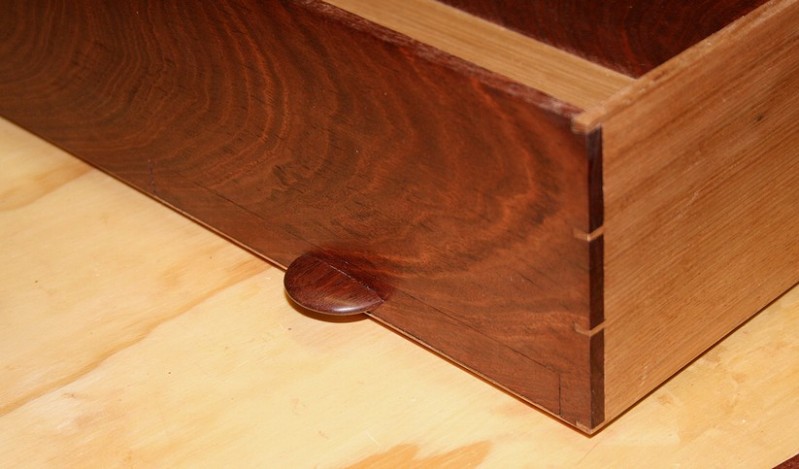Jacob
New Luddism. Wake up and resist.
Er - what is a Cantebury? A stand for recorders or something?rxh":34cx2537 said:Further to CC's post above, 1/8" mortice chisels are indeed useful for making Canterburys:
PS It's OK I've googled https://en.wikipedia.org/wiki/Canterbury_(furniture)
Good idea I need one myself!
PPS there's millions of the boogers! I'd never heard of them. https://www.google.com/search?q=Canterbury+(furniture) click on images








